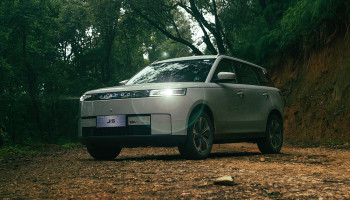Hyundai has a long list of hit cars for the Nepalese market.
Renowned for its knack for crafting cars that resonate deeply with consumers, Hyundai has consistently delivered vehicles that strike the perfect balance of style, functionality, and practicality. So, with every other Hyundai, that has become the expected norm. So, when we were handed the keys to the Exter we stepped into it with the same stringent criteria in place: style, functionality, and practicality.
Will it join the ranks of their previous hits, or is it destined to face a bump in the road? Join us as we take a relaxed stroll through this new addition’s features, design, and performance, assessing whether it's a smooth ride or a potential hiccup in Hyundai's Nepali adventure.
So, sit back, relax, and let's dive into the world of the Exter
Like any other car, person, or object, the Exter has its good and bad angles
Right up front is where the Exter looks great. You get a wide front fascia with fat bonnet creases centred by a large Hyundai logo that makes the bonnet look vast. There are split headlamps with H-shaped LED DRLs connected via a black strip under which lies the Exter motif with widely spaced letters. There is a multi-dimensional gloss black panel grill that encompasses the projector headlamps and right under that you get an air dam and thick scuff plates finished in grey. The elements on the front and how they are placed make the Hyundai Exter look much wider than it is.
Taking a couple of steps back from the front and walking towards the profile you’ll quickly find out that the front three quarter is where the Exter looks its absolute best. A wide meaty front and the quarter view towards the profile give off the impression of a large rugged SUV but as you walk a couple of steps toward the side that impression starts to wear off a little.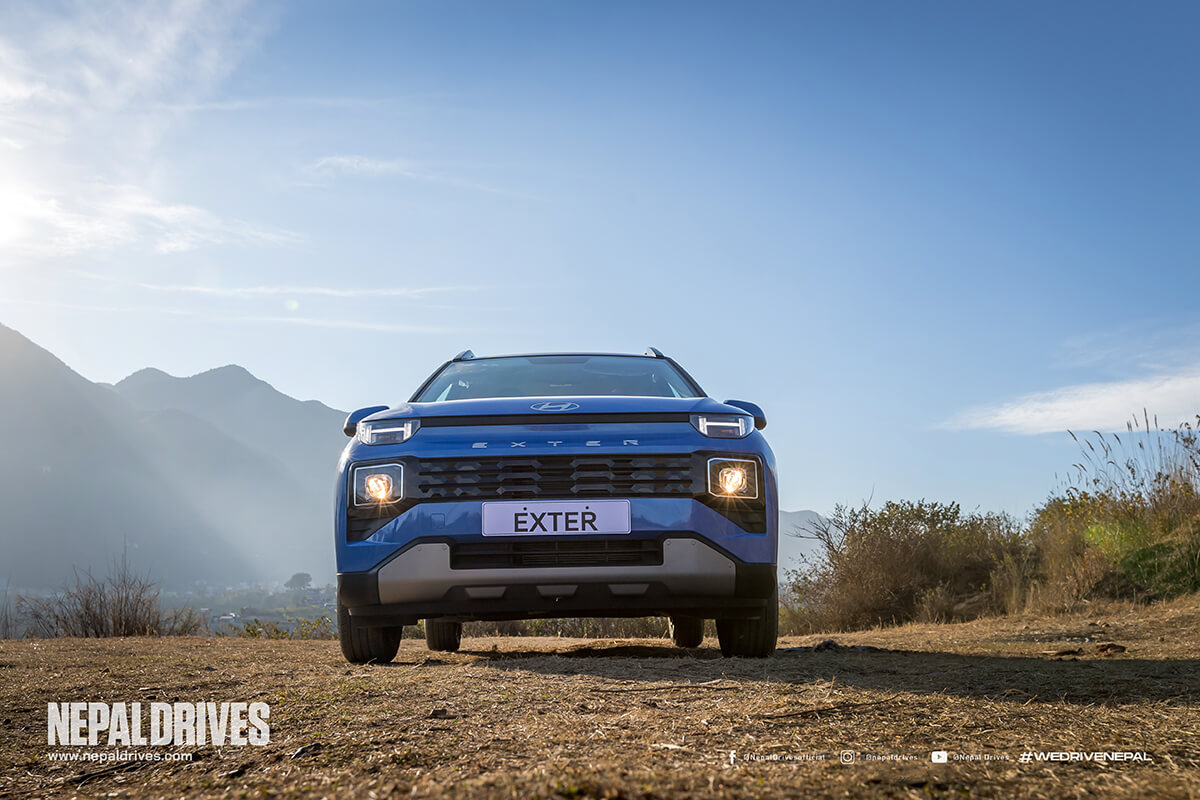
The profile of the Exter comes by as decent when compared to its great front end. Starting up top you get roof rails and large windows like any SUV would. There is also a patch of that gloss black panelling over on the C-pillar to add some contrast. In the middle you get wider fenders and thick black body cladding all around which look rugged and functional. Completing the profile are 175/65 section tires that are undersized but the 15-inch wheels, however, look fresh, with thick spokes these wheels look rugged although they would have looked much better on a 185/65 or a 195/55 sized tire.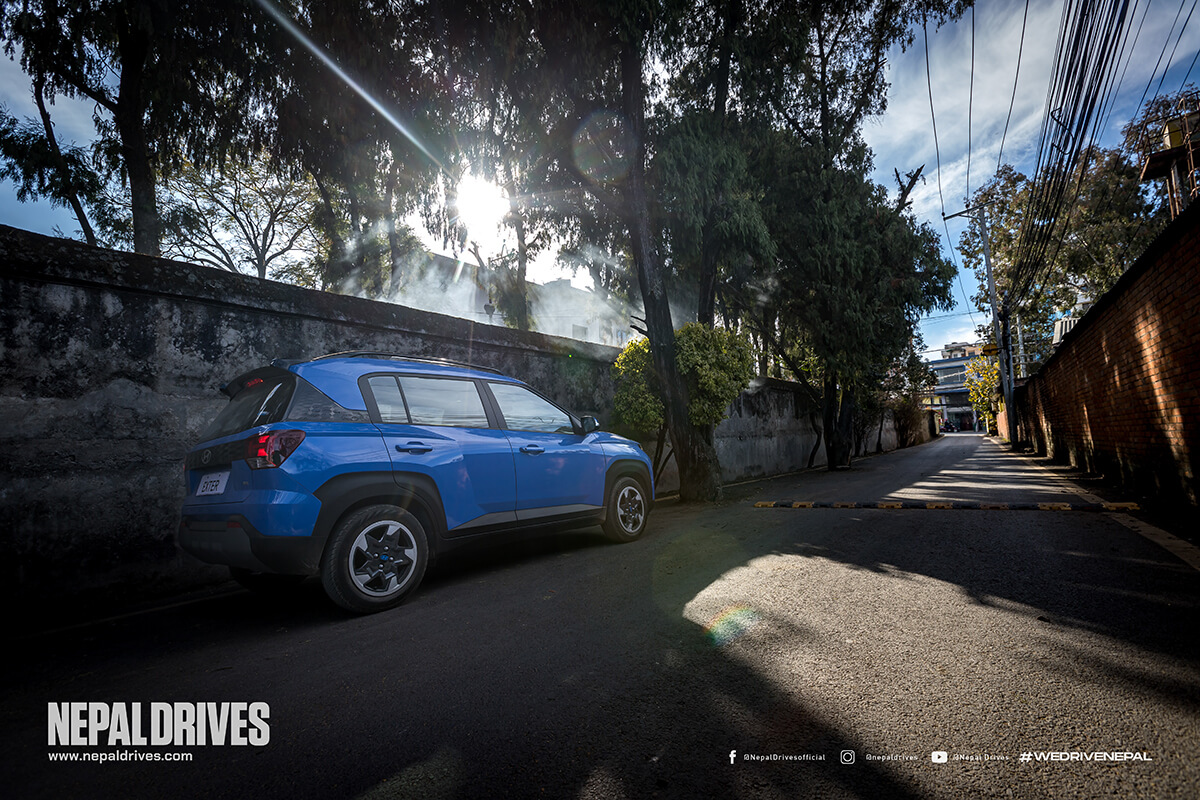
And as you continue your stroll towards the rear, that is where the SUV impression starts to fizzle out entirely. The rear of the Hyundai Exter halts the design momentum initiated by the front which was already slowed down by its side. The rear of the Exter brings a shark fin antenna up top, a high-mounted spoiler with an integrated brake lamp, taillamps with an H motif on the edges of the multidimensional black panelling, and a meaty scuff plate at the bottom to complete the entire look.
Here is the thing, on its own the rear of the Exter looks good, but when the overall design of the car is put into consideration, then the rear of the Exter looks unfinished and uninspired. It’s like Hyundai ran out of ideas as they reached the back of the car…. Which is very unlike Hyundai. The Exter is a decent-looking car and has its good and bad angles and like any other Hyundai it will be fixed eventually with an imminent facelift.
The cabin of the Exter is great with little to no caveats
The interior of the car may seem quite familiar, as many components are shared with the Grand i10 Nios, which isn't necessarily a drawback. The fit and finish are of excellent quality, and despite the presence of hard plastics, the buttons and controls offer a satisfying tactile experience. Features like the high-quality steering wheel, finely crafted gear lever, digital instrument cluster, and sunroof contribute to its overall appeal.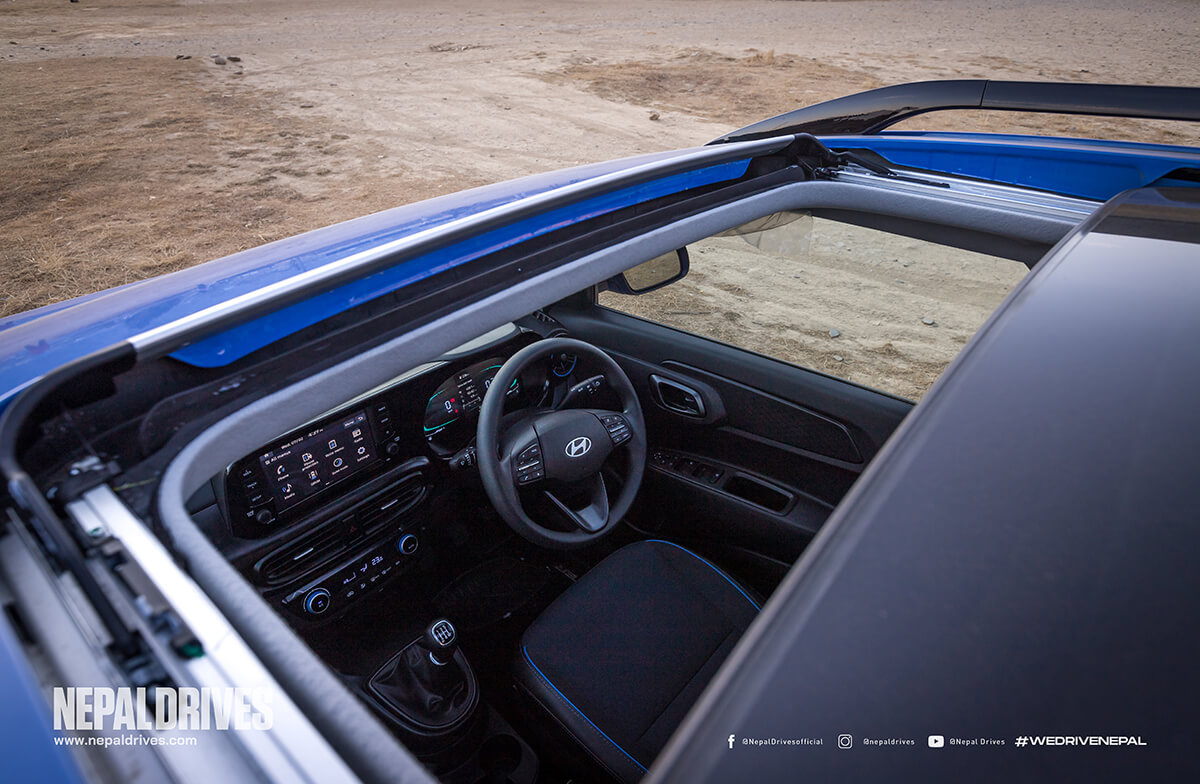
However, the interior's single-tone black color scheme lacks the airy and welcoming feel of the Nios' bright grey interior. On the upside, the interior brings contrast elements to break the monotony of black, the blue Exter we drove had blue highlighting around the AC vents, temperature and fan control dials, contrast blue stitching on the seats, and textured panels on the dashboard and the doors.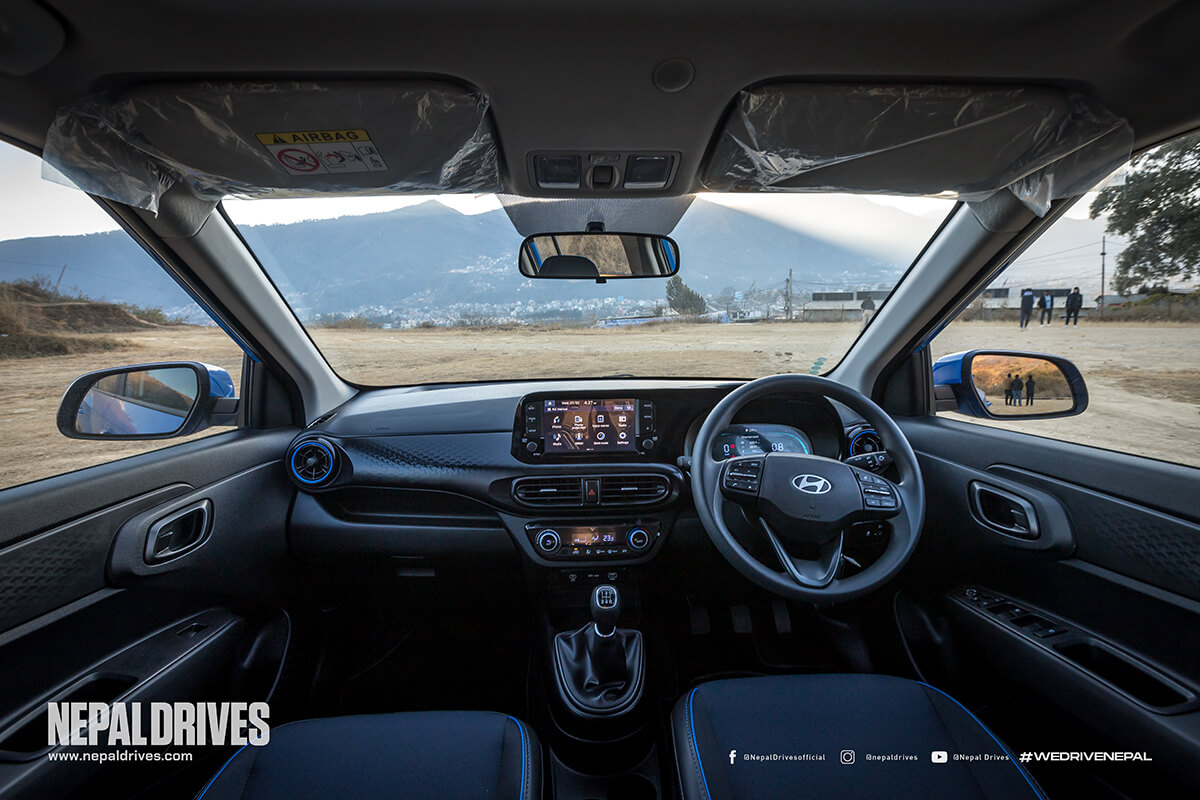
Similar to its hatchback counterpart, the ergonomics are excellent, and seat comfort is satisfactory, though individuals with larger body frames may find the front seats somewhat small and lacking in support and bolstering. The rear bench features a sloping seat base and reclined backrest, providing a comfortable experience with ample support and space. There's generous head, knee, and foot room, even for taller individuals, and Hyundai has niftily scooped out the front seat-backs to enhance space. However, due to the cabin's narrowness, fitting three adults abreast may be a tight squeeze. While rear AC vents are present, an armrest for rear occupants is notably absent.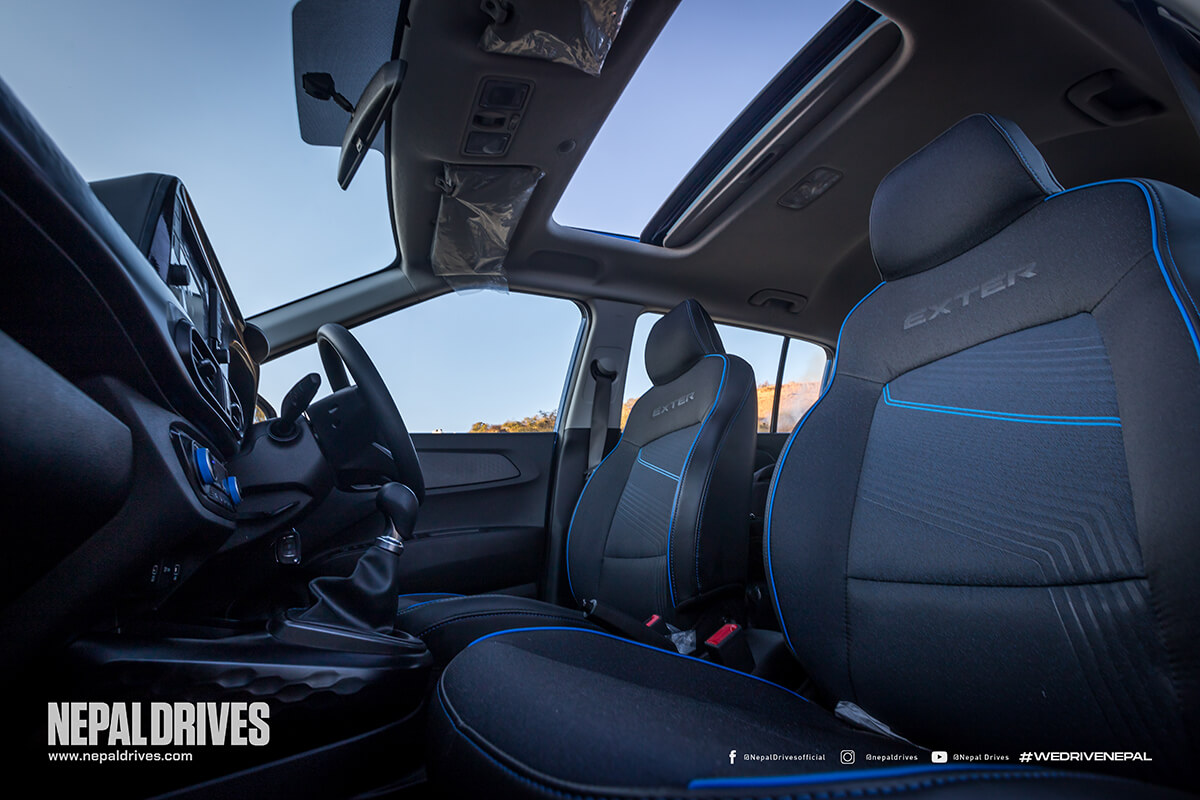
The storage areas are intelligently designed, featuring large door bins, cup holders, a spacious glovebox, and ample space to store your smartphone and other small items. Another noteworthy feature is the Exter's expansive 391-litre boot, surpassing the capacity of most compact SUVs currently available. Additionally, folding the rear backrest further enhances boot space, although it lacks a 60:40 split function. The interior of the Exter has everything you need from a daily driver and leaves only a little to be desired.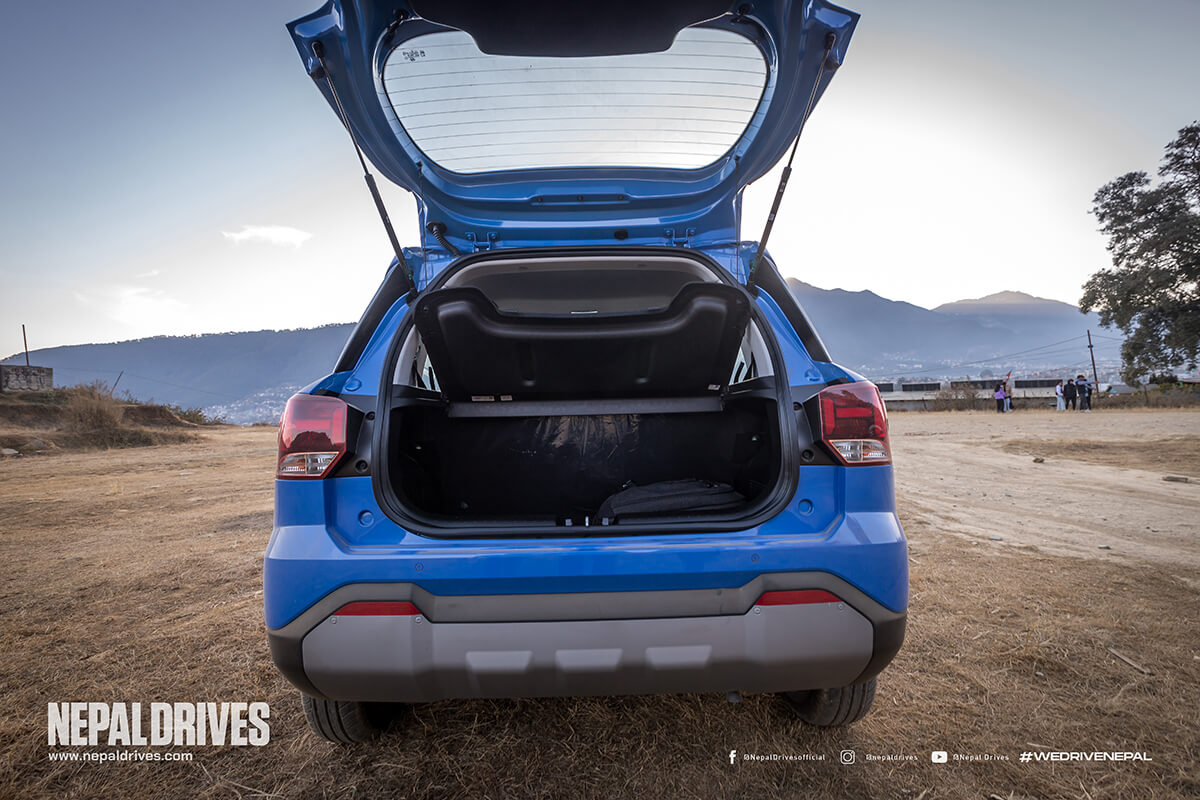
Let’s go for a drive,
The Exter brings Hyundai’s all-familiar 1.2-litre four-cylinder petrol engine, which is renowned for its refinement, and we're pleased to confirm that it maintains its smooth performance in the Exter, just as it does in four other Hyundai models: the Grand i10 Nios, Aura, i20, and the Venue. Despite modest specifications on paper, with 83hp and 114Nm of torque, its responsive nature and the Exter's 999kg kerb weight make for a satisfying driving experience. Acceleration is sharp, power delivery is consistent, and it offers ample pep at lower revs for city driving or highway cruising. With good power only up to the 4,500 rpm mark, this isn’t the engine to rev your heart out to. Operating the manual transmission is a breeze, thanks to its light clutch and effortless shifting through the 5-speed gearbox, which offers smooth and precise gear changes.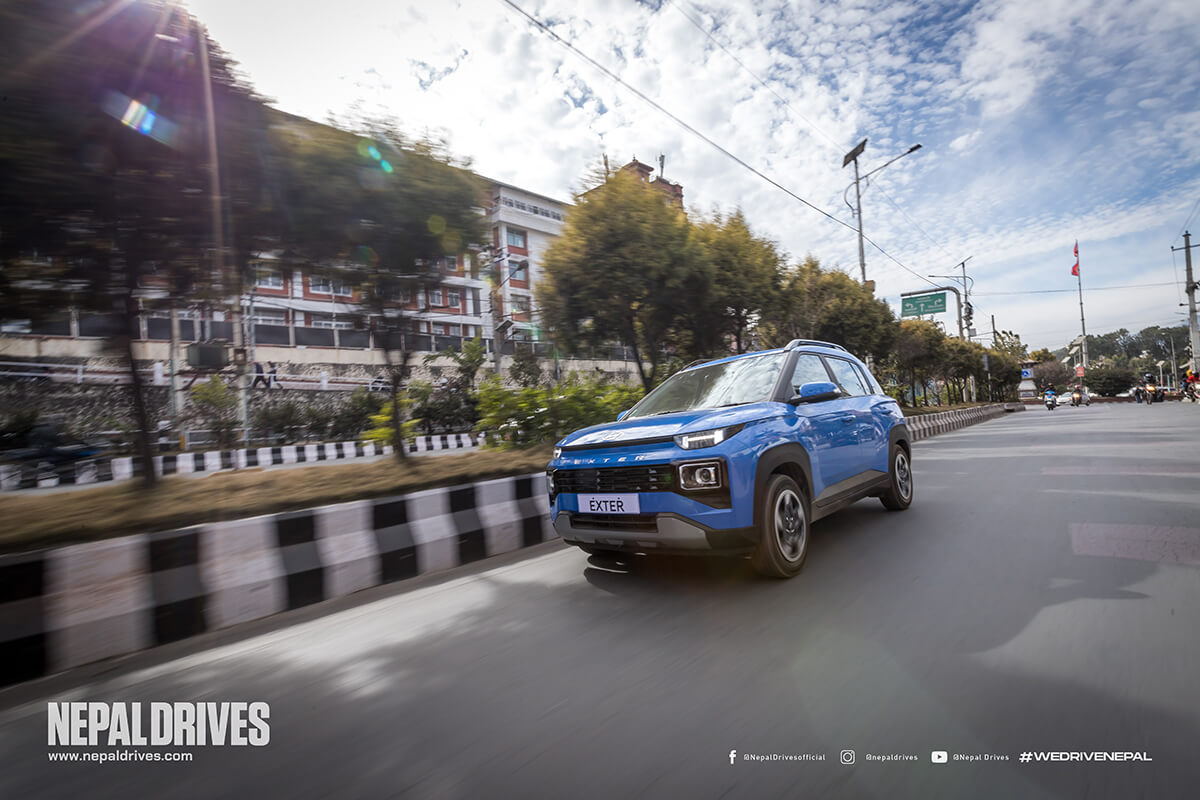
The Exter, with its elevated stance and ground clearance of 185mm, distinguishes itself from its hatchback counterpart, the Grand i10 Nios, with a revamped suspension setup. It effectively dampens road shocks and absorbs bumps, offering a pleasantly smooth ride, though encountering sharp potholes may transmit a slight thud. Notably, the Exter exudes a refined demeanor akin to the Venue, displaying controlled body movements and a stable feel on the highway, thanks to its 2,450mm wheelbase. While the steering feels light and offers a good turning radius, it gains reassuring weight at higher speeds, instilling confidence in the driver. Although not geared for sporty handling, the Exter delivers a neutral and predictable driving experience, albeit with some noticeable roll-around corners.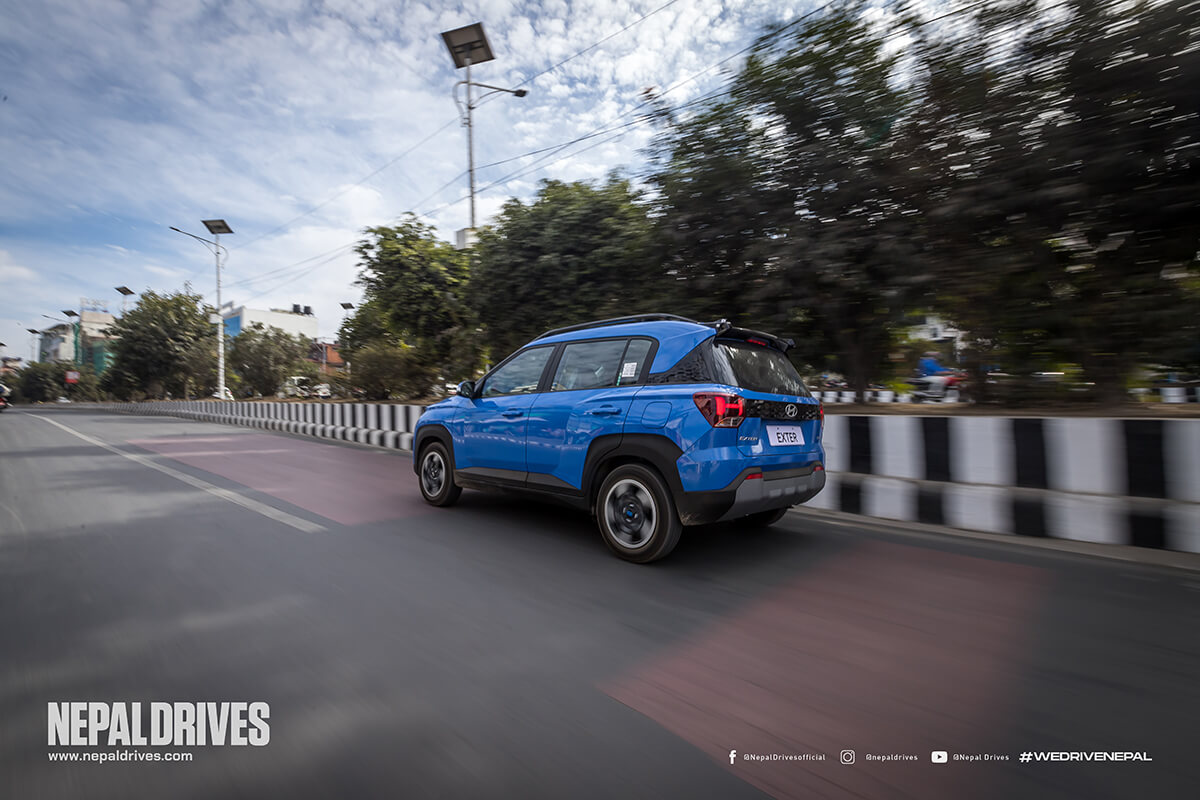
On the safety front, the Exter comes standard with six airbags, and Hyundai offers the option of ESP even in the base variant. While crash tests for the Exter haven't been conducted yet, the company expresses confidence that its performance will likely meet satisfactory standards.
Hyundai has got the Exter spot on
With decent looks the Hyundai Exter is impressively user-friendly, boasting a smooth engine and responsive controls. Its spacious cabin and massive boot, coupled with many features such as six airbags and ESP available across the range, enhance its appeal. While it may not deliver a sporty driving experience and the cabin width may limit seating to two abreast, the Exter shines as a well-rounded option with robust fundamentals. And with the aggressive pricing of Rs 34,96,000, the Hyundai Exter could very well be another hit in its segment; one that is moderately stylish, plenty functional, and practical.

Bajaj Pulsar N125 Review: Can It Stand Out Among 125cc Rivals?
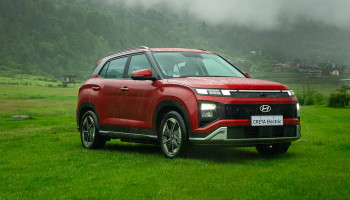
Jiri: Revisiting the Forgotten Town In the Hyundai Creta EV
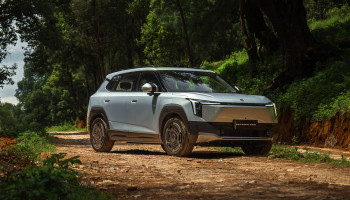
Nammi Vigo: A Budget-Friendly Contender with Big Ambitions
